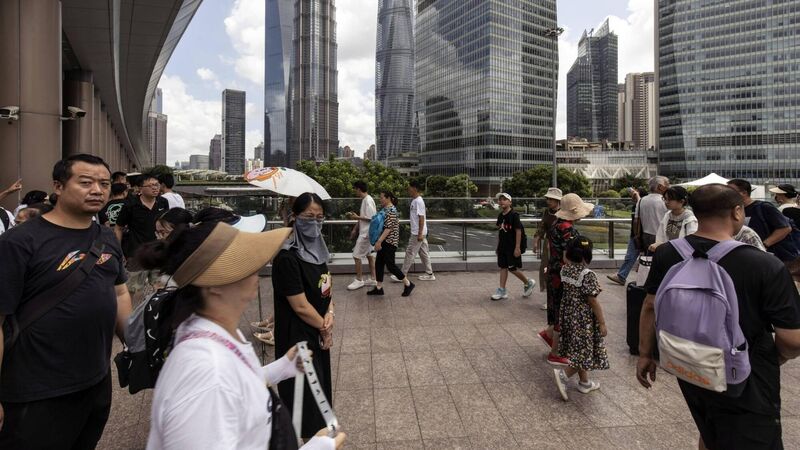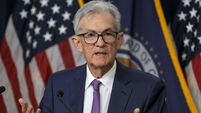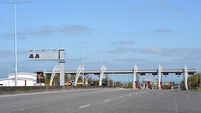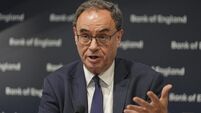Oliver Mangan: The global economy is not out of the woods just yet

China’s expected economic rebound this year has underwhelmed.
Surging inflation combined with a marked tightening of monetary policy, amid an environment of weakening confidence levels and heightened geo-political tensions, especially in relation to Ukraine, saw the world economy slow sharply during 2022. However, concerns that advanced economies could be facing a recession in 2023 have largely abated.
While survey data have been weak, especially on manufacturing, real economic data have generally printed ahead of expectations this year, most notably in the US, UK, and Japan. Lower commodity prices, declining headline inflation, and continuing strong labour markets have all supported economic activity, which was reflected in better-than-forecast GDP data in the last quarter for all the main developed economies. Indeed, 2023 GDP forecasts for the US, UK, and Japan have all been revised higher over the summer.
Nonetheless, significant risks remain to the economic outlook. The lagged effects of the sharp increases in interest rates in 2022-23 have yet to fully impact economies, especially in relation to the refinancing of maturing term debt at much higher rates. The OECD and IMF continue to warn that higher interest rates could yet expose underlying financial vulnerabilities with the potential for rising loan defaults, most notably in weaker low-income countries, where signs of debt distress are already evident.
Meantime, commercial real estate markets are also under pressure in many countries which could lead to rising bad debts, putting stress on the balance sheets of those lenders with significant exposure to the sector. More generally, if inflation proves more persistent than expected, it could lead to even higher interest rates than are currently priced into markets, putting further downward pressure on financial and real estate asset prices.
Meanwhile, China’s expected economic rebound this year has underwhelmed, amid ongoing problems in the real estate sector and concerns about the stability of the financial system. Recent economic data have disappointed, with exports weakening and China’s debt-fuelled investment in infrastructure and property coming home to roost. The focus is now on deleveraging, which is depressing domestic demand.
There have been warnings that China is at risk of entering a prolonged period of stagnation and deflation in the absence of measures to boost activity, especially consumer spending. The problems in China are occurring at a time of growing geo-economic fragmentation as tensions intensify between the West and other leading global powers. The IMF has noted that deepening tensions could lead to more restrictions on trade, as well as on cross-border movements of capital, technology and labour, damaging global growth.
Thus, it is still too early to conclude the global economy will emerge largely unscathed from the substantial tightening of monetary policy seen in the past couple of years. The weakening trend in business surveys, in particular PMIs, which tend to be a good leading indicator of activity, is a concern. The flash PMIs for the major economies in August were particularly weak, especially in Europe.
The OECD and IMF remain cautious about next year’s growth prospects for advanced economies. Subdued growth of around 1% may be the best that the main economies achieve, despite much lower inflation. Not only that, as outlined above, the risks to activity remain very much to the downside. The world economy is not out of the woods yet.













